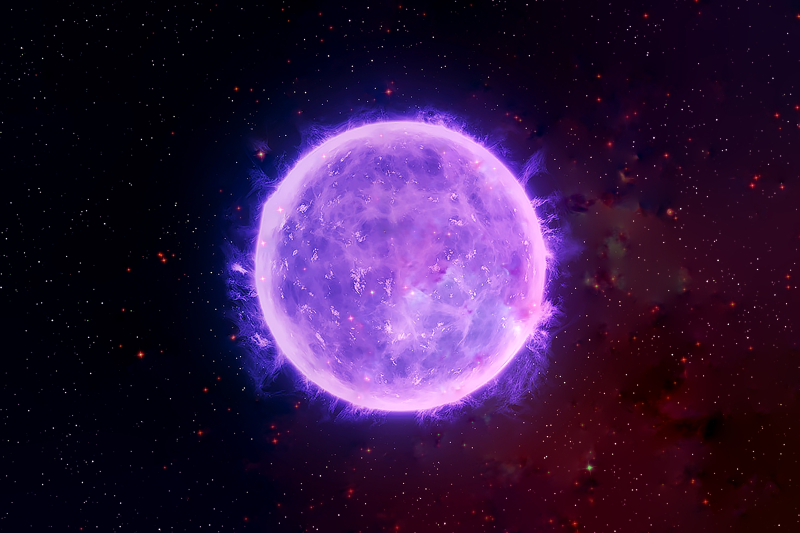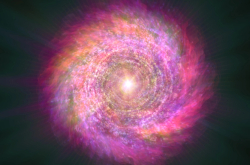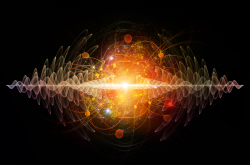Categorized as one of the phases in a star's life, neutron stars exhibit a powerful magnetic field that forms nearby pulsar nebulas. The latter generate intense X-rays as electrons and positrons emit photons when transitioning from one state to another. At the same time, electrons and positrons can be twisted, i.e. exhibit an orbital angular momentum (OAM), which is considered an additional characteristic or a degree of freedom that allows a twisted electron (positron) to convey more data than a regular one.
The emission is accompanied by a reversal event, namely the absorption of a twisted photon by an also-twisted electron. The process is poorly understood in terms of mechanics, although it could shed more light on how pulsar nebulas emerge and behave.
To gain a better understanding of how particles interact in a strong magnetic field, the ITMO team investigated the absorption of a twisted photon by an electron using theoretical calculations.
The researchers opted for the simplest case, in which a photon collides with an electron head on. When the team calculated the absorption cross-section, or the area in which a photon must be in order to be absorbed by an electron, they discovered that the cross-section grows proportionally to the electron’s OAM. In other words, the more twisted an electron is, the easier it can absorb a photon and at the same time, the bigger the photon’s OAM, the harder it is for an electron to absorb it because its (the photon’s) absorption cross-section decreases.
Additionally, the team examined how the electron’s initial and final spin state (the angular momentum of the particle directed along or against the magnetic field direction) affects the absorption process. They found that photons are more easily absorbed when before and after the absorption the electron does not change the direction of its spin compared to cases when it does. That is because the change in the spin parameter requires energy, and such processes, as a rule, occur with lower probability.
So far, the findings could not be experimentally confirmed: this calls for intense magnetic fields that could not be modeled on Earth. Nevertheless, these calculations fill astrophysicists in on what happens around neutron stars: specifically, how pulsar nebulas evolve and emit light.

Alexander Shchepkin. Photo courtesy of the subject
“In this study, we focused solely on a “head-on collision,” but we can also look into what will happen in another scenario, when the impact distance between the axes of an electron and a photon is nonzero. Then, we’ll be able to calculate the average cross-section parameters and have a more accurate model of how a photon hits an electron and interacts with it. We’re also planning to study other related processes, and absorption is the first step to decoding their mechanics,” said Alexander Shchepkin, the first author of the paper and an engineer at ITMO’s Faculty of Physics.





